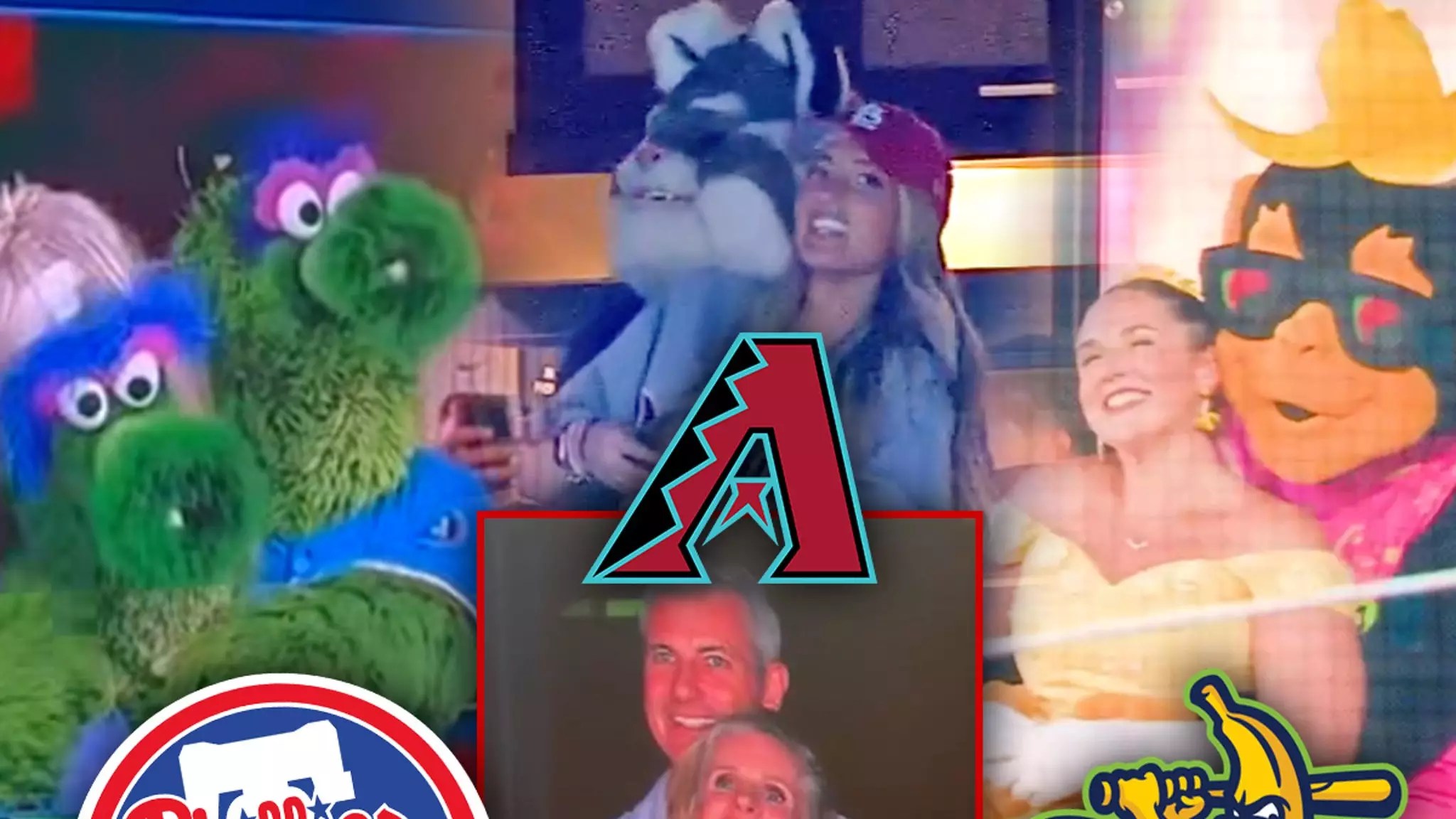In an era dominated by social media and instant sharing, a simple act of affection—once confined to private spaces—is now a spectacle open to the world. The recent viral incident involving Coldplay concert attendees, and its subsequent parody by baseball mascots, underscores society’s fascination with authenticity and humor in public displays of intimacy. What initially appeared as a candid, perhaps unintentional, PDA between high-profile individuals has transformed into a cultural touchstone symbolizing vulnerability, entertainment, and the desire for genuine connection. This incident—and its playful reinterpretations—reveals how modern audiences crave transparency and relatability, even from figures wielding significant influence or authority.
The parody performances by baseball teams exemplify how humor is now a powerful tool for engaging fans and defusing potentially awkward situations. Mascots, often viewed as mere entertainment, have evolved into symbols capable of triggering laughter and camaraderie. Their playful mimicry of the Coldplay kiss cam moment demonstrates a collective appetite for lightheartedness and the recognition that imperfections—whether accidental or staged—humanize those in the limelight. This shift in narrative suggests that society values authenticity over perfection, and that even corporate or staged moments can be reinterpreted into shared rituals of joy and humor.
Furthermore, the incident involving Coldplay’s featured couple, which became a viral sensation after TMZ’s coverage, exposes intriguing questions about privacy and public scrutiny. In a world where a fleeting moment can be amplified and dissected, the boundaries of personal space and discretion are increasingly blurred. While some see the event as an embarrassing exposure, others interpret it as a bold declaration of honesty in human relationships. The fact that the individuals involved have offered little commentary could be seen as a recognition of the new normal: that privacy is diminishing, and that embracing transparency—even at personal expense—can paradoxically serve as a form of empowerment.
From a broader perspective, the incident sparks a conversation about organizational response and public image management. Astronomer’s decision to launch an investigation and appoint an interim CEO highlights the potential fallout that can occur from candid moments caught on camera. Yet, it’s worth questioning whether suppressing such incidents is truly beneficial. In some cases, embracing these authentic expressions can foster trust and relatability, transforming scandals into opportunities for human connection. The juxtaposition of corporate responses with the humorous mascot parodies illustrates a critical distinction—while organizations may attempt to control narratives, authentic moments often inspire genuine engagement that no protocol can contain.
Ultimately, this viral phenomenon exposes a cultural evolution—one that values humor, transparency, and the unfiltered human experience. Whether it’s a star’s PDA or a mascot’s playful antics, society seems increasingly eager to celebrate vulnerability and imperfection, recognizing that our shared quirks and flaws forge stronger bonds than the relentless pursuit of perfection ever could. These moments, fleeting yet powerful, remind us all that in an age of curated images and filtered realities, authenticity remains one of the most compelling forms of entertainment and connection.


Leave a Reply